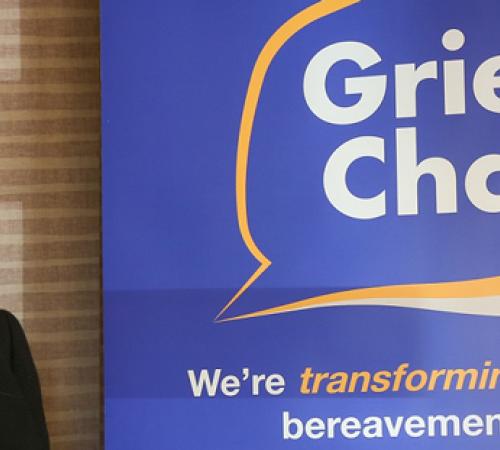
What’s the difference between a charity and a non-profit?

What is a charity?
In England and Wales:
According to the Charity Commission for England and Wales (external link), a charity is an organisation that is established for charitable purposes and falls under the jurisdiction of High Court charity law. It must also provide a public benefit, either generally or to a sufficient section of the public.
Normally, if your charity income exceeds £5,000 a year, you must register with the Charity Commission (England and Wales). If your organisation has a mixture of charitable and non-charitable purposes, however, you will not meet the legal definition of a charity.
In Scotland:
In Scotland, the definition is worded slightly differently but is essentially the same. The Scottish Charity Regulator OSCR (external link) states that an organisation needs to meet what is known as the charity test: it must be used exclusively for charitable purposes which benefit the public.
What is a non-profit organisation?
According to Thomson Reuters Practical Law, some non-profit organisations are ineligible for beneficial tax treatment and cannot be defined as charities. These include community interest companies that benefit a community but reinvest their profits for this purpose. The definition also covers community benefit societies, non-charitable housing associations, non-governmental organisations campaigning for changes in specific aspects of UK law, and non-charitable social enterprises which have social and commercial objectives.
What the difference means for your charity insurance
All charities and non-profits have a duty of care to protect their assets and resources. That’s why you need to have the right charity insurance to protect your organisation’s property, possessions, money and reputation.
Charities and non-profit organisations should be covered by public liability insurance. This is especially important if your charity is in contact with members of the public at events such as fundraisers. If you don’t have this form of liability insurance, you won’t be covered for the legal costs of defending a liability claim. For example, at a fundraiser, an attendee could make a claim if they:
- Suffer a bodily injury as a result of tripping on a wet floor if the hazard was reasonably foreseeable (if the organisers had enough time to make arrangements to dry the floor if it had been wet for some time)
- Suffer a bodily injury as a result of damage to the venue (if this was foreseeable)
Find out more about public liability insurance and what it is.
If you’re a charity employing paid staff:
You’re required to have employers’ liability insurance worth at least £5 million, in addition to public liability charity insurance. Find out the differences between the two and what employers' liability insurance is.
You should also prominently display your insurance certificate in your charity’s premises.
Do you need trustee indemnity insurance for your charity or non-profit?
Trustee indemnity insurance is important if you are a trustee, director, employee, officer or have another significant role in the organisation. It will provide you with financial protection if you face a claim for compensation for wrongful acts such as a breach of duty, a health and safety claim, pollution or defamation.
Disclaimer:
At Hiscox, we want to help your small business thrive. Our blog has many articles you may find relevant and useful as your business grows. But these articles aren’t professional advice. So, to find out more on a subject we cover here, please seek professional assistance.






